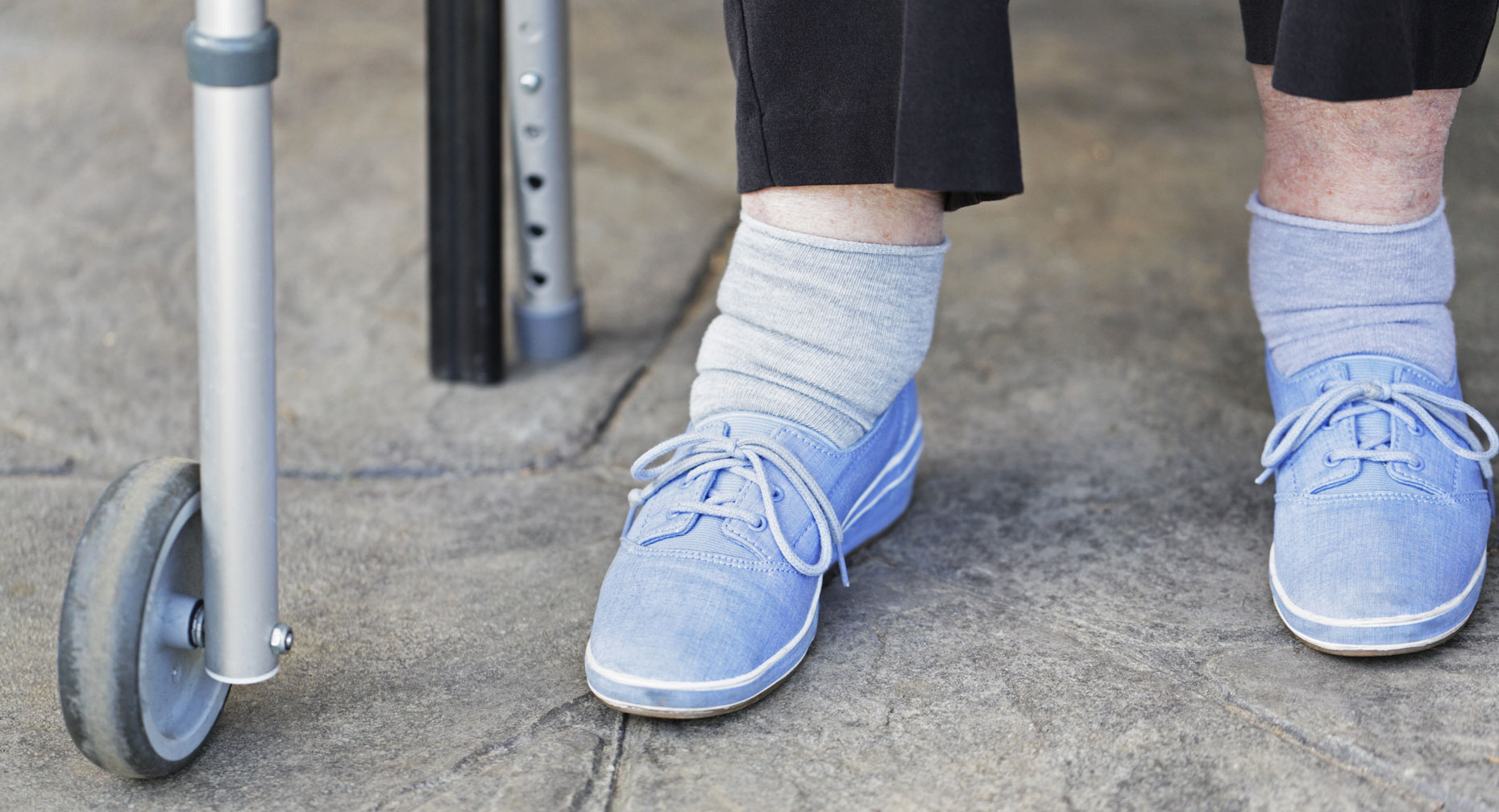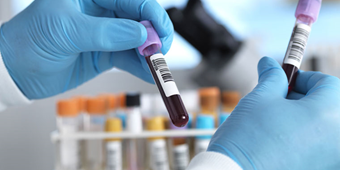- Cardiology And Vascular Health
- Health Topics
- Heart And Vascular Disease Prevention
- Stroke And Other Vascular Diseases
- Vascular Health
Keep Blood Clots Out Of Legs And Lungs

Find Your Perfect Match
Answer a few questions and we'll provide you with a list of primary care providers that best fit your needs.
You know that it might be dangerous to sit too long in a car or stay in bed for a long time without moving, but why? One important reason is that inactivity increases your risk of developing a deep vein thrombosis (DVT). Simply put, a DVT is a blood clot in a deep vein of your leg, pelvis or arm.
Some of the most common reasons for a blood clot to form in the leg veins are:
- Damage to a vein from surgery or injury
- Sitting during a long trip in a car or plane
- Staying in bed for an extended time because of illness or surgery
A DVT doesn’t cause a heart attack or stroke, but it can break loose and travel through the bloodstream to the lungs. It is the most common cause of pulmonary embolism, a blood clot in the lungs that can be deadly. If the clot is small and you receive timely treatment, you can recover from the embolism without permanent damage. However, a large clot can stop blood from reaching the lungs and other organs and cause death if not treated in time.
Deep Vein Thrombosis Symptoms
DVTs don’t always have symptoms. Signs that may occur include:
- Warmth and tenderness over the vein
- Swelling
- Pain when you walk or stand
- Skin redness
Seek medical attention if you have these symptoms. Quick action may prevent the clot from progressing to a pulmonary embolism.
A DVT doesn’t cause a heart attack or stroke, but it can break loose and travel through the bloodstream to the lungs.
With pulmonary embolism, only half of people have any symptoms at all. If symptoms occur, they can include sudden shortness of breath, chest pain, irregular heartbeat, anxiety, fainting, low blood pressure, or coughing up blood.
Risk Factors For Deep Vein Thrombosis
Almost anyone can have a DVT, but some people are more likely than others to experience a vein clot. In addition to a vein injury or being immobile for long periods, the following factors add to your risk of developing a DVT:
- Being overweight or obese
- Having a blood-clotting disorder
- Being age 60 or older
- Experiencing a rise in estrogen from pregnancy, birth control pills, or hormone replacement therapy
- Having a previous blood clot, varicose veins, heart failure, or previous heart attack
- Having lung disease, inflammatory bowel disease, lupus, or cancer
- Paralysis
- Smoking
Risk factors for pulmonary embolism are similar to those of DVT. About 30 percent of people who have had a DVT or pulmonary embolism are at risk for another episode.
Treatment
To diagnose DVT and pulmonary embolism, your doctor will evaluate your symptoms, do a physical exam and perhaps order blood tests or special imaging tests such as an ultrasound. Treatment for both conditions includes taking medicine to break up blood clots in the short term or taking blood thinners long term to make formation of new clots less likely. Sometimes a filter can be placed in the large vein that returns blood from the body’s extremities to catch any clots before they reach the lungs and heart.
In the most severe cases of pulmonary embolism, doctors can surgically remove the clot in a procedure called pulmonary embolectomy. Additionally, percutaneous thrombectomy can be performed to remove or dissolve the clot by using a long, thin, hollow tube (catheter) that is threaded through the blood vessel to the site of the embolism, guided by X-ray.
Dr. Sandeep Gupta explains how blood clots are treated.
Click play to watch the video or read video transcript.
Complications of DVT
For some people, a DVT can have long-lasting effects:
- Chronic venous insufficiency may occur, meaning that the vein with the clot no longer works well. With this long-term condition, blood collects in the vein instead of flowing back to the heart. Common symptoms are pain and swelling in the leg.
- Post-thrombotic syndrome may also develop following a blood clot in a leg vein. It is a long-term problem with pain, swelling, redness, ulcers, and sores that make it difficult to walk and do normal activities.
Prevention
Steps to prevent both DVTs and pulmonary embolisms include:
- Wiggling your toes and moving your ankles if you’ve been sitting a long time, such as when you travel
- Getting up and walking as soon as possible after surgery or a long illness
- Wearing compression stockings (elastic stockings that squeeze or compress the veins and prevent blood from flowing backward)
- Using pneumatic compression devices (sleeves on the legs that are connected to a machine that provides alternating pressure on the legs to keep blood moving)
- Taking blood thinners (anticoagulants) to prevent new clots from forming, if you’ve already had one or more clots. These medicines also may be prescribed following some surgeries.
- Maintaining a healthy weight and being physically active
Dr. Sandeep Gupta offers tips for preventing blood clots.
Click play to watch the video or read video transcript.
Find Your Perfect Match
Answer a few questions and we'll provide you with a list of primary care providers that best fit your needs.
Source: National Heart, Lung, and Blood Institute; Medline Plus; Centers for Disease Control and Prevention; Sandeep Gupta, MD, Middletown Cardiology Associates







